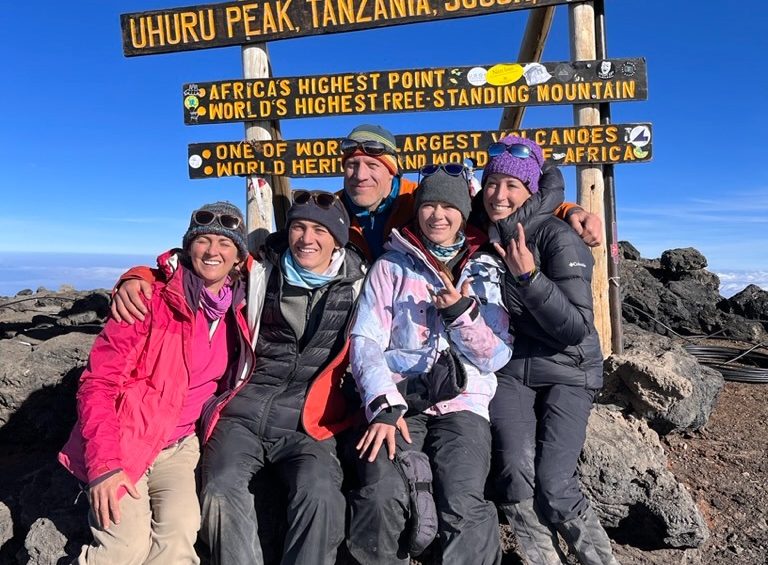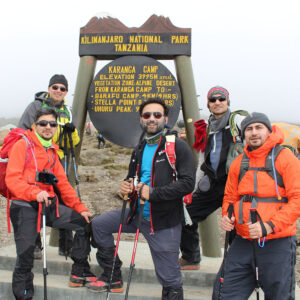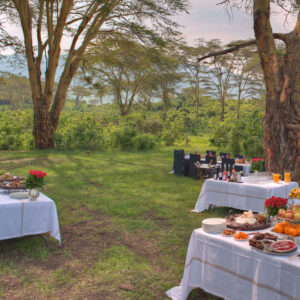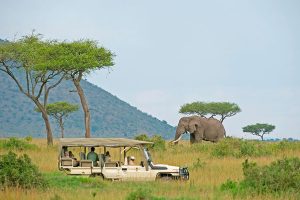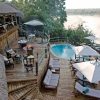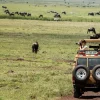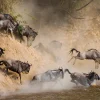The majestic silhouette of Mount Kilimanjaro calls to adventurers worldwide, promising an unparalleled experience atop Africa’s highest peak. But as the dream takes hold, a common, crucial question arises: Is climbing Kilimanjaro dangerous? It’s a valid concern, and at Go Ahead Trip, we believe in empowering our climbers with clear, honest, and comprehensive information. While any high-altitude trek carries inherent risks, we’re here to explain why, with the right preparation and expert guidance, your Kilimanjaro ascent can be a safe and profoundly rewarding journey.
Understanding the Real Risks: Is Climbing Mount Kilimanjaro Dangerous?
When people ask, “Is climbing Mount Kilimanjaro dangerous?” they often imagine perilous rock faces and technical maneuvers. However, Kilimanjaro is primarily a high-altitude trek, not a technical climb like some of the world’s most daunting peaks. This immediately differentiates it from questions like “why is climbing Mount Everest so dangerous?” where extreme technical skill and life support are fundamental. Nevertheless, risks do exist, and understanding them is the first step toward a safe adventure.
1. The Altitude: Kilimanjaro’s Primary Challenge
The most significant and common risk on Kilimanjaro is Altitude Sickness (Acute Mountain Sickness – AMS). As you ascend, the atmospheric pressure drops, and there’s less oxygen available to your body.
- Mild AMS Symptoms: Headaches, nausea, dizziness, fatigue, and difficulty sleeping. These are common and usually manageable.
- Severe AMS: In rare cases, AMS can progress to more severe, life-threatening conditions like High Altitude Cerebral Edema (HACE), affecting the brain, or High Altitude Pulmonary Edema (HAPE), affecting the lungs.
Go Ahead Trip’s Approach: Our itineraries are designed with optimal acclimatization in mind, featuring longer routes that prioritize “climb high, sleep low” strategies. Our guides are extensively trained to recognize AMS symptoms early.
2. Weather Variability and Exposure
Kilimanjaro presents a unique challenge with its distinct climate zones, moving from tropical rainforest to arctic summit conditions.
- Rapid Weather Changes: You can experience four seasons in one day, from warm sunshine to freezing temperatures, heavy rain, or even snow.
- Hypothermia & Frostbite: Exposure to cold, wet, and windy conditions, especially on summit night, can lead to hypothermia or frostbite if proper gear and precautions aren’t taken.
Go Ahead Trip’s Approach: We provide comprehensive packing lists and advise on layering systems. Our guides continuously monitor weather conditions and ensure you are adequately prepared for all eventualities.
3. Physical Demands and Accidents
While not a technical climb, the trek is physically demanding, covering long distances over varied terrain.
- Sprains and Falls: Uneven paths, loose scree, and long descents can lead to twisted ankles, falls, or other minor injuries.
- Exhaustion: The cumulative fatigue, especially during the strenuous summit push, can impair judgment.
Go Ahead Trip’s Approach: We emphasize the importance of physical preparation before your trip and maintain a slow, steady pace (“pole pole” – slowly, slowly) on the mountain to conserve energy and prevent accidents.
Why Kilimanjaro is Different: It’s Not “Dangerous Mountain Climbing” in the Extreme Sense
It’s crucial to distinguish Kilimanjaro from the general concept of “dangerous mountain climbing” often associated with peaks requiring highly specialized skills and equipment.
- A Walk-Up Mountain: Kilimanjaro is often called the “Everyman’s Everest” because it doesn’t require technical climbing skills, ropes, or prior mountaineering experience. It’s a strenuous hike to a high altitude.
- Accessibility: Tens of thousands of people successfully summit Kilimanjaro each year, proving its accessibility to individuals with good health and determination.
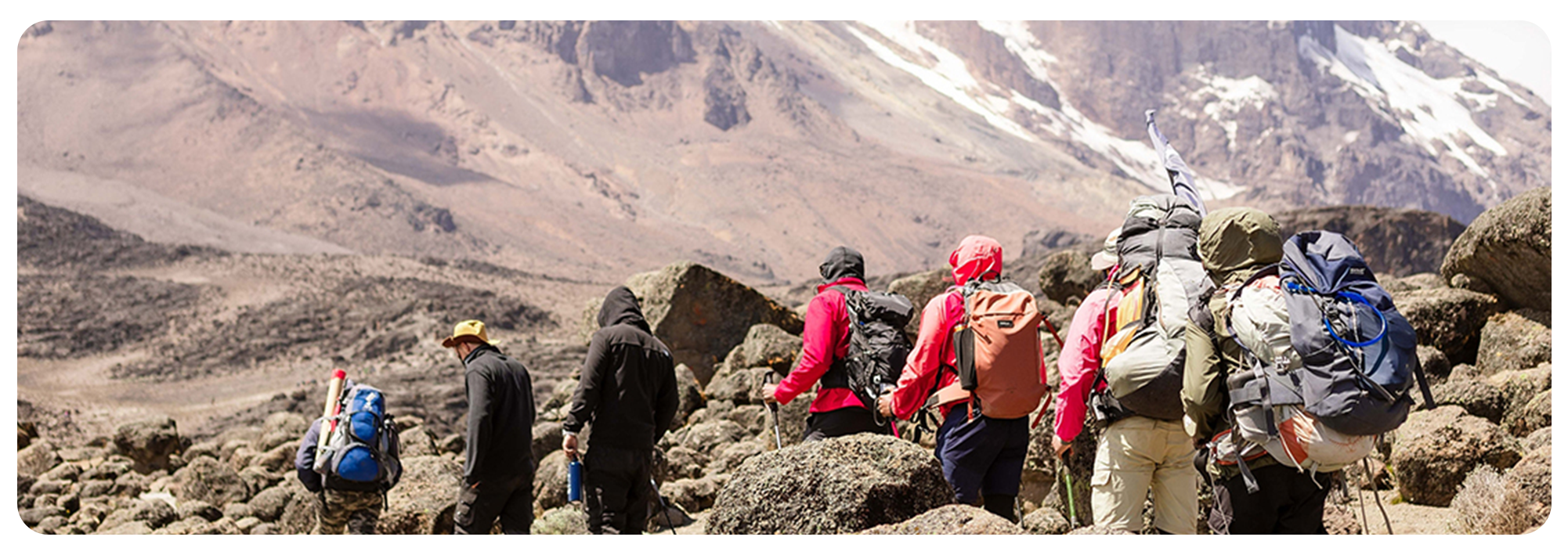
Making Your Ascent Safe with Go Ahead Trip
So, is climbing Mt Kilimanjaro dangerous? With Go Ahead Trip, the answer shifts from a concern to a calculated and manageable adventure. Our commitment to safety is paramount, making us one of the best safari tour companies in Tanzania that also excels in mountain trekking.
1. Expert Guides & Porters
- Highly Trained: Our guides are certified, extensively trained in wilderness first aid, high-altitude medicine, and emergency procedures. They know the mountain intimately.
- Constant Monitoring: Guides conduct daily health checks, including pulse oximeter readings and symptom assessments, to catch any signs of AMS early.
- Local Knowledge: Our porters are integral to safety, ensuring your gear is transported efficiently and assisting climbers when needed.
2. Prioritizing Acclimatization: Our Proven Routes
We advocate for longer routes (7+ days, like Lemosho or Machame) that allow for gradual ascent and better acclimatization. This is the single most effective strategy to prevent severe AMS.
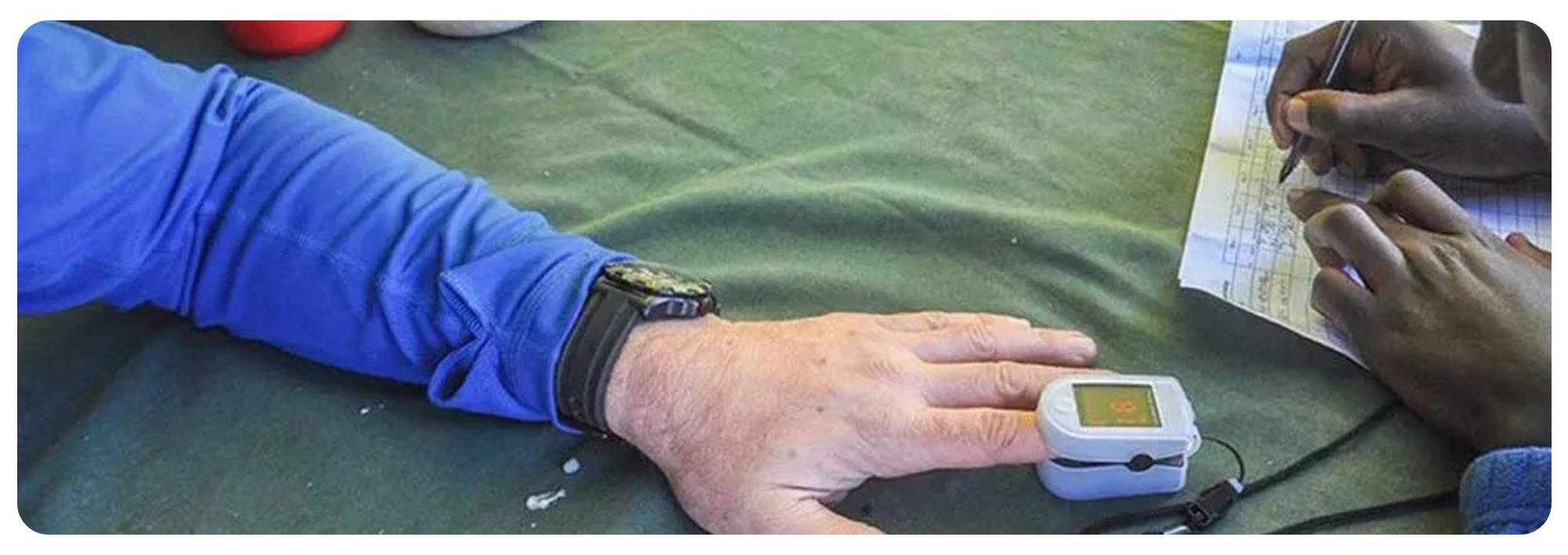
3. Comprehensive Safety Equipment
Every Go Ahead Trip expedition carries essential safety gear:
- Oxygen Cylinders: For emergency use.
- First-Aid Kits: Fully stocked for various medical situations.
- Gamow Bag (Hyperbaric Chamber): A portable pressure bag that simulates a lower altitude, providing rapid relief for severe AMS.
- Satellite Phones/Radios: For constant communication with our base team in case of emergencies.
4. Emergency Procedures
In the unlikely event of a serious medical emergency, Go Ahead Trip has clear protocols for descent and evacuation, ensuring prompt and safe transport off the mountain.
5. Pre-Climb Preparation Guidance
We provide detailed advice on:
- Physical Training: Recommended exercises to build stamina and strength.
- Packing Lists: Ensuring you have the right gear for all weather conditions.
- Health Consultations: Advising on necessary vaccinations and consulting with your doctor about high-altitude travel.
Final Thoughts: Is Climbing Kilimanjaro Dangerous? Not with Go Ahead Trip.
While the question “Is climbing Mount Kilimanjaro dangerous?” is a serious one, the reality is that with diligent preparation and the support of an experienced operator like Go Ahead Trip, the risks are significantly mitigated. Kilimanjaro offers an incredible, achievable challenge for those with determination and a reasonable level of fitness.
Don’t let myths about mountain climbing being dangerous deter you from pursuing this dream. Choose Go Ahead Trip for your Kilimanjaro adventure, and embark on a safe, well-supported, and unforgettable journey to the Roof of Africa.
Ready to conquer Kilimanjaro safely? Contact Go Ahead Trip today to explore our tailored Kilimanjaro trekking packages!
